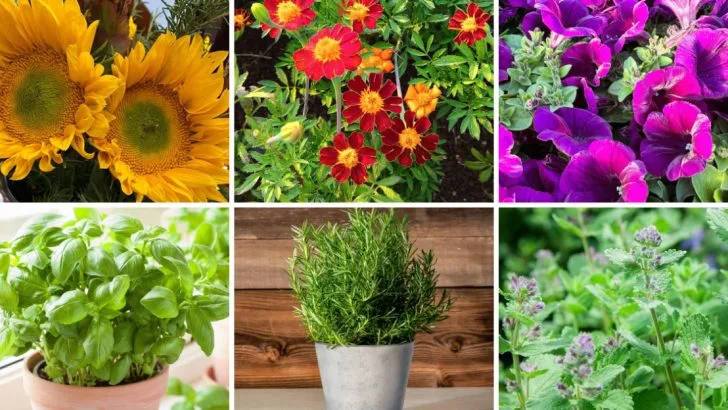Not all flowers are as innocent as they look. Some actually roll out the welcome mat for pests, making your garden a hotspot for aphids, mites, and other uninvited guests. It’s not always obvious which ones are the culprits either—those pretty petals can be surprisingly deceiving.
On the flip side, there are flowers that act like tiny garden bouncers, keeping pests at bay just by being planted nearby. Knowing which is which can save you a lot of hassle—and maybe even your tomatoes. Here’s a breakdown of 8 flowers that tend to attract pests, and 8 that help keep things in check, no sprays required.
Marigold
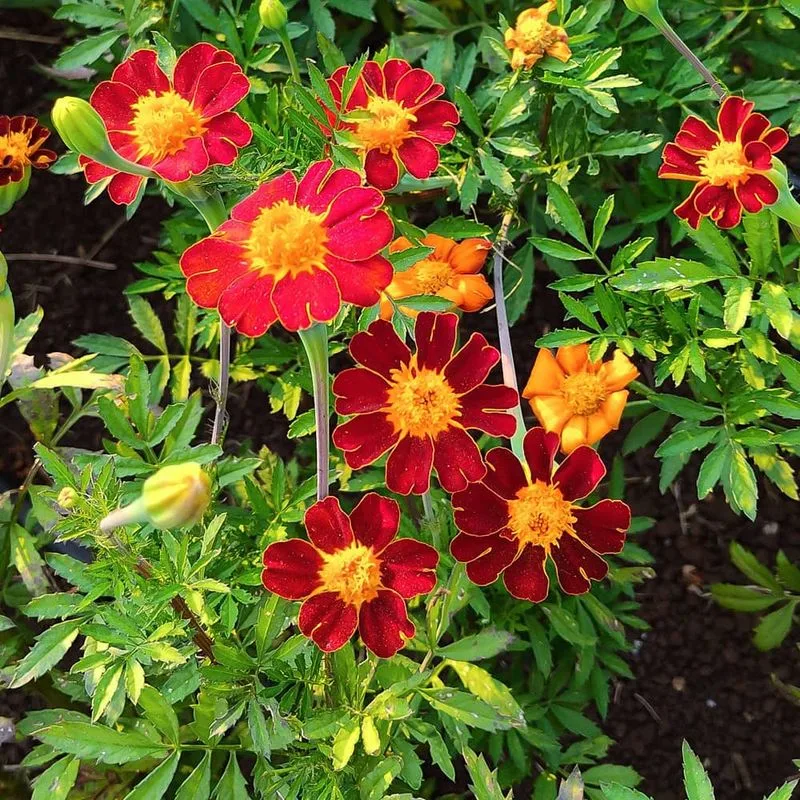
Marigolds are the unsung heroes of the garden. Their bold, golden blossoms not only brighten up any space but also act as natural insect repellents. These sturdy flowers release a distinctive fragrance that deters nematodes and other garden pests. Plant them around vegetable plots to create a protective barrier. In addition to their pest-repelling properties, marigolds attract beneficial insects like ladybugs. These critters feast on aphids and other harmful pests. So, not only do marigolds keep the bad guys away, but they also invite the good ones in, making them invaluable garden companions.
Nasturtium
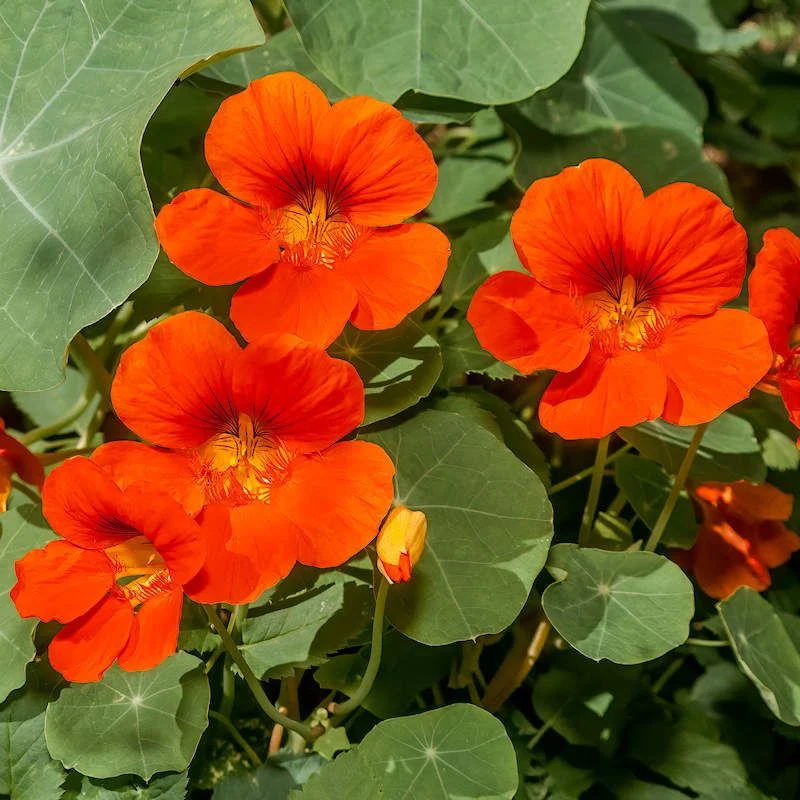
Nasturtiums are like colorful magnets for aphids, drawing them away from other cherished plants. These cheerful flowers are perfect companions for vegetable gardens, sacrificing themselves to protect more valuable crops. While they attract pests, they also bring in predatory insects like ladybugs and hoverflies. The presence of nasturtiums creates a dynamic ecosystem, balancing pest populations naturally. Moreover, their peppery leaves and bright blossoms are edible, adding a zesty kick to salads. By planting nasturtiums, gardeners can enjoy both aesthetic beauty and practical benefits, making them a versatile addition to any garden.
Petunia
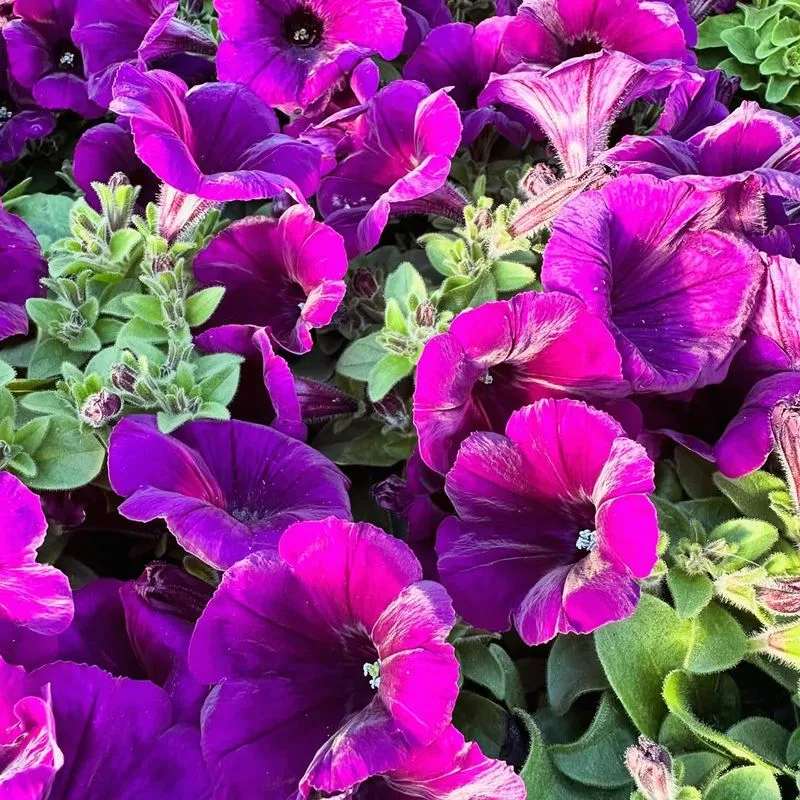
Petunias, with their vibrant and diverse colors, are a feast for the eyes and a lure for garden pests like aphids and caterpillars. These pests are drawn to the lush foliage and nectar-rich blooms, making petunias a natural pest attractant. However, this attraction can be used strategically to divert pests away from more vulnerable plants. Planting petunias near vegetables or delicate flowers can serve as an effective decoy. Their presence not only beautifies the garden but also helps in managing pest populations naturally, turning petunias into an essential part of integrated pest management.
Sunflower
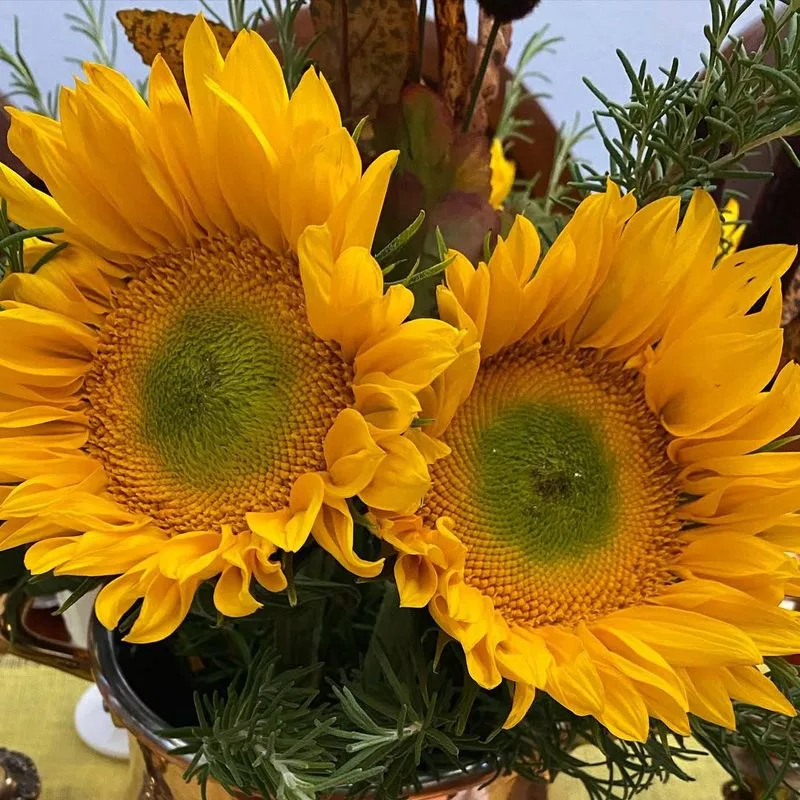
Sunflowers, with their towering stalks and sunny faces, are magnets for certain pests, particularly aphids and beetles. These tall beauties can be strategically planted to draw pests away from more delicate crops. By acting as a decoy, sunflowers help protect other plants in the garden. Despite attracting pests, they also invite pollinators like bees and birds, creating a lively garden environment. Sunflowers can be a dual-purpose plant, providing both a haven for beneficial insects and a distraction for the harmful ones. Their sunny disposition and practical benefits make them a favorite among gardeners.
Dahlia
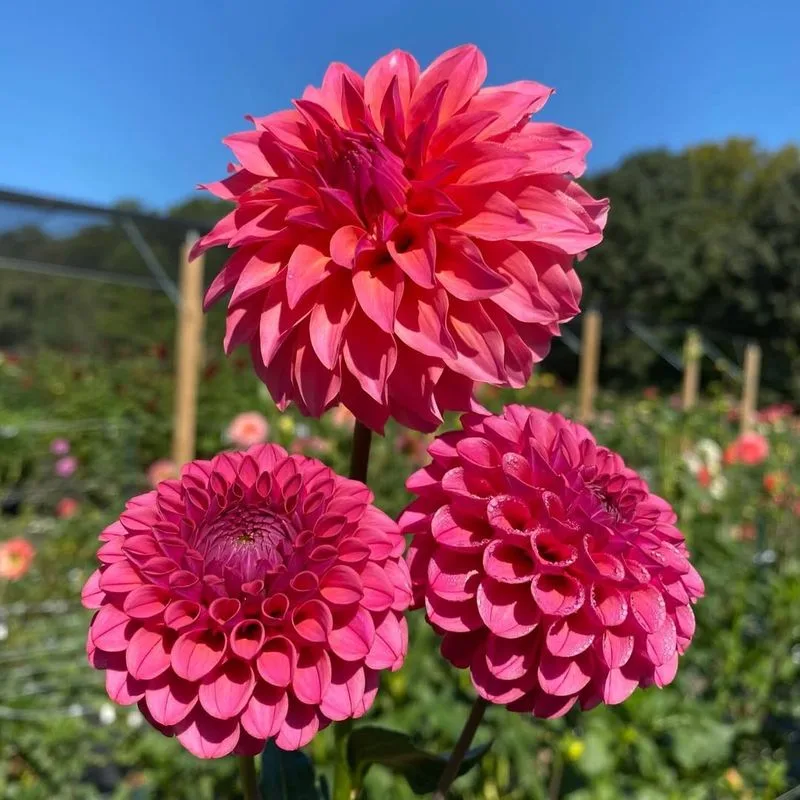
Dahlias, with their intricate petal patterns, are a feast for the eyes and a buffet for pests like slugs and earwigs. These pests are drawn to dahlias, making them an attractive target in the garden. However, this attraction can be used strategically to divert pests from more vulnerable plants. By planting dahlias alongside other flowers, gardeners can create a visual spectacle while managing pest populations. Dahlias also attract pollinators, contributing to a bustling garden ecosystem. Their ability to lure pests and support beneficial insects makes dahlias a valuable addition to any garden.
Zinnia
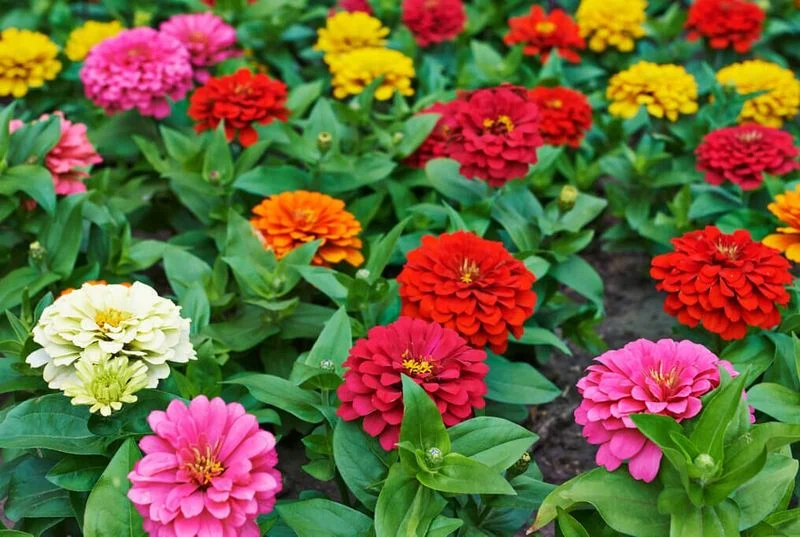
Zinnias are vibrant flowers that captivate with their array of colors, but they also attract pests like aphids and whiteflies. This natural allure can be leveraged to protect more precious plants by drawing pests away. Zinnias serve as a trap crop, enticing pests to feast on them instead. Despite their role as a pest magnet, they also attract beneficial insects such as ladybugs and lacewings, which help control pest populations. Planting zinnias not only adds a splash of color to the garden but also aids in integrated pest management, making them delightful and practical additions.
Cosmos

Cosmos flowers, with their delicate petals and feathery foliage, are a beautiful sight in any garden. However, they also attract pests like aphids and thrips. This attraction can be managed by using cosmos as a sacrificial plant, drawing pests away from more vulnerable crops. Despite attracting pests, cosmos flowers also invite beneficial insects like hoverflies and parasitic wasps, creating a balanced garden ecosystem. Their tall, swaying stems add a touch of elegance to any garden scene. By planting cosmos, gardeners can enjoy their beauty while maintaining a harmonious environment.
Geranium
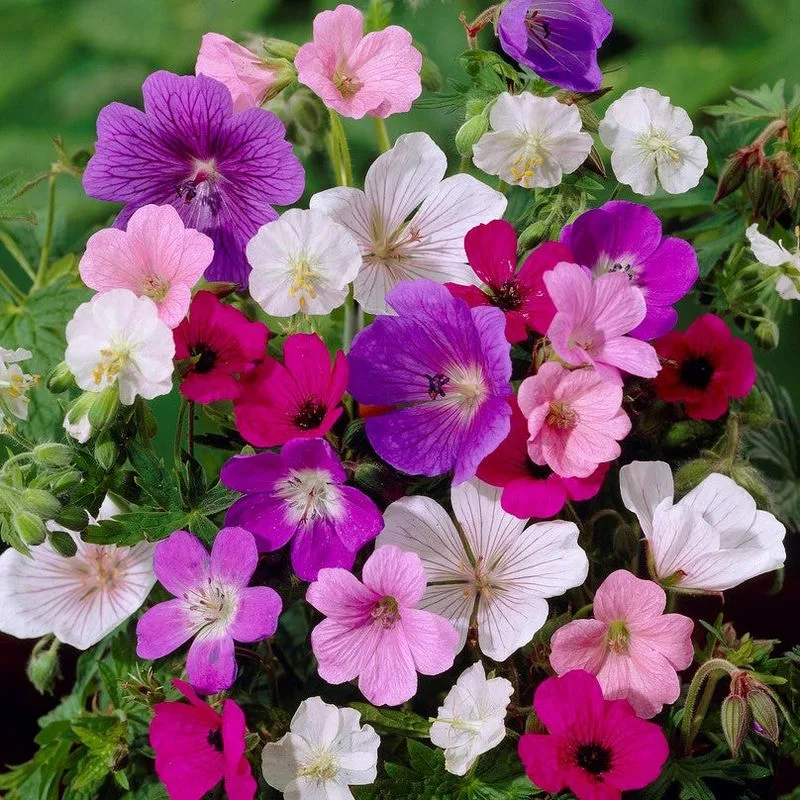
Geraniums, with their bright blooms and sturdy nature, are known to repel a variety of pests. Their strong scent deters mosquitoes and other flying insects, making them a favorite for outdoor lounging areas. Planting geraniums near doors and windows can help keep unwanted bugs at bay. In addition to their pest-repelling qualities, geraniums are easy to care for and thrive in sunlit spots, adding color and life to any garden. Their dual role as a beautiful flower and natural insect repellent makes geraniums a practical choice for gardeners seeking both form and function.
Lavender
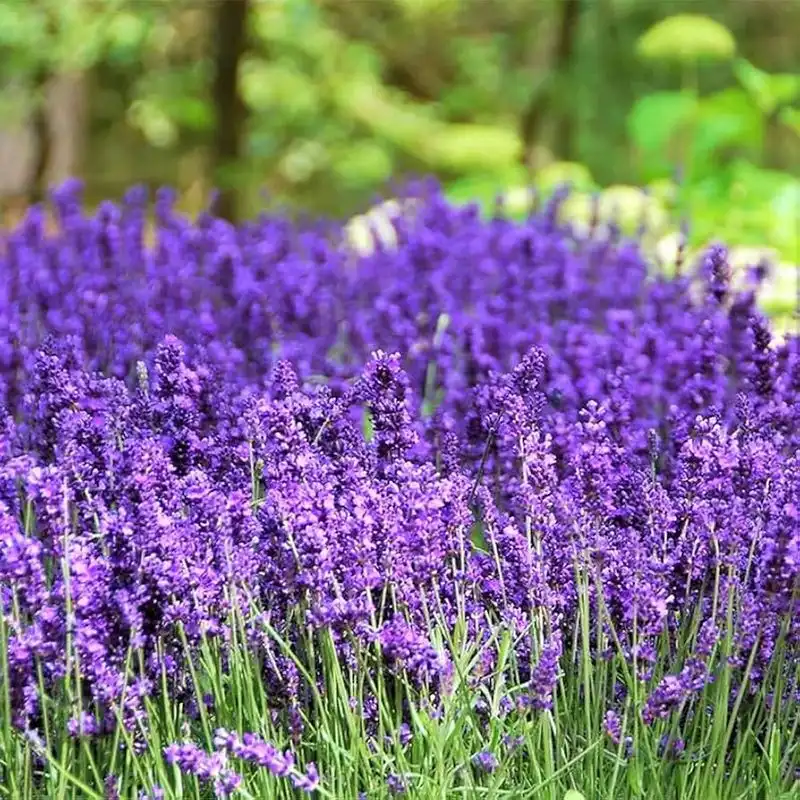
Lavender, with its soothing aroma and lovely purple blooms, is a natural pest deterrent. Its scent repels mosquitoes, flies, and moths, making it an excellent addition to any garden. Lavender’s calming presence extends beyond its pest-repelling abilities. It’s a favorite among bees and other pollinators, fostering a healthy garden ecosystem. Planting lavender near vegetable patches can help protect crops while adding a touch of beauty and fragrance. This hardy plant is not only functional but also offers a sensory delight, making it a cherished choice for gardeners.
Chrysanthemum

Chrysanthemums, or mums, are more than just pretty faces. These flowers contain pyrethrum, a natural insecticide that repels a wide variety of pests. Planting chrysanthemums around the garden can help keep unwanted insects at bay while adding bursts of color. Their pest-repelling properties make them an excellent choice for protecting vegetable patches and ornamental plants alike. In addition to their practical benefits, chrysanthemums are hardy and come in numerous colors, offering versatility in garden design. Their dual role as decorative elements and natural pesticides make chrysanthemums a gardener’s ally.
Basil
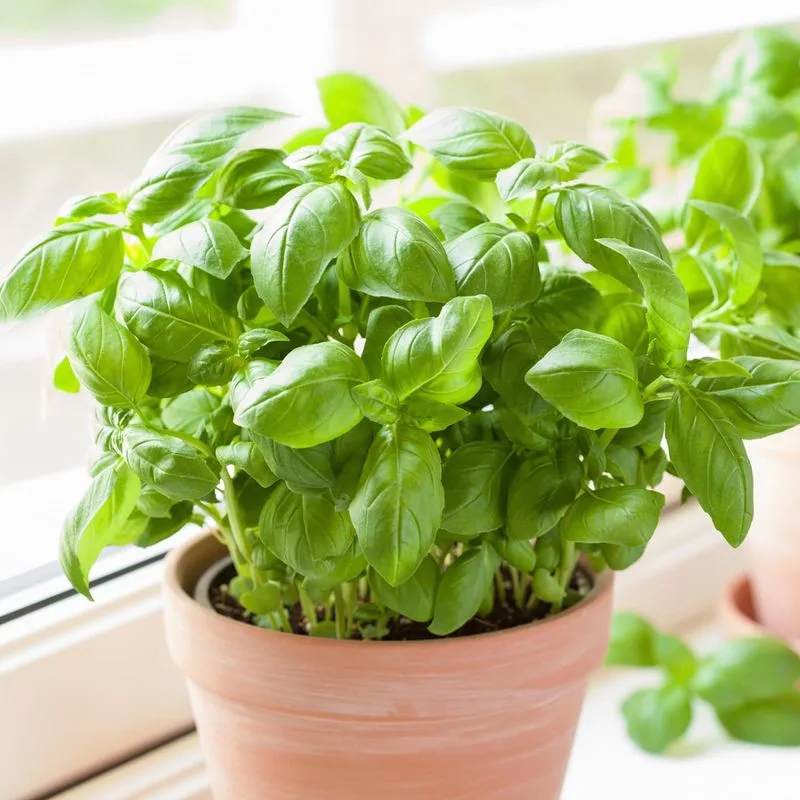
Basil, while primarily known for its culinary uses, is a fantastic pest-repelling plant. Its strong aroma deters flies and mosquitoes, making it an ideal companion for outdoor spaces. Planting basil near doors and windows can help keep these pesky insects at bay. Additionally, basil complements tomatoes and peppers in the garden, enhancing growth and flavor while warding off harmful bugs. This versatile herb not only adds zest to dishes but also serves as a natural insect repellent, making it a valuable addition to any garden setup.
Rosemary

Rosemary is more than just a kitchen staple; it’s a natural bug deterrent. Its aromatic oils repel mosquitoes and other flying insects, providing a fragrant barrier around patios and gardens. In addition to its pest-repellent qualities, rosemary attracts pollinators like bees, promoting a thriving garden environment. Planting rosemary near entryways can help keep unwanted bugs outside while adding a delightful scent to the area. This hardy herb is both functional and fragrant, making it a favorite among gardeners who appreciate multi-purpose plants.
Catnip
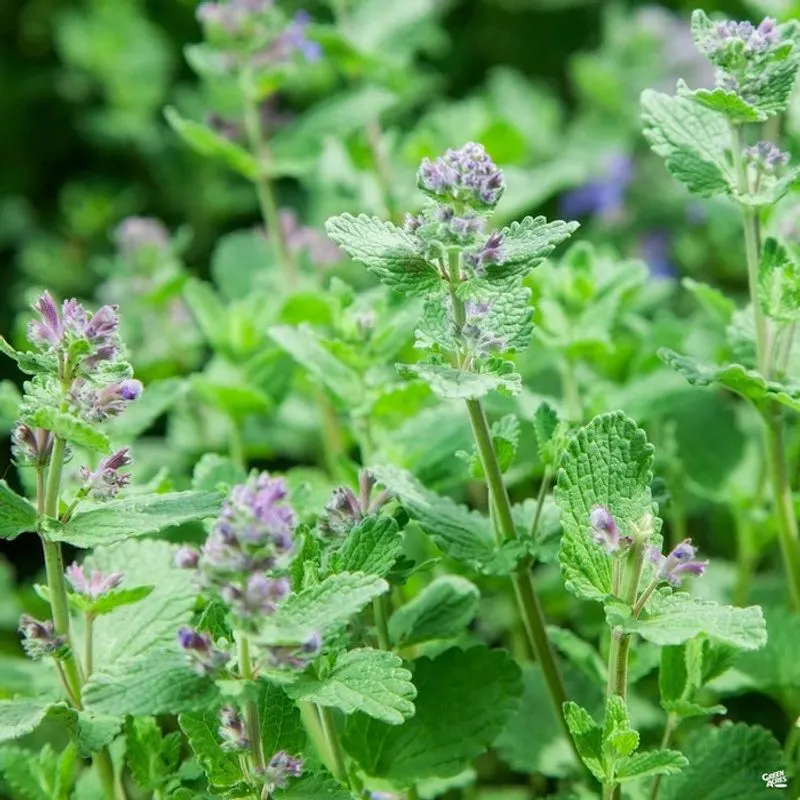
Catnip is famous for driving cats wild, but it also serves as a powerful bug repellent. Its scent deters mosquitoes and other insects, making it a great choice for garden borders. Planting catnip near patios or outdoor seating areas can create a bug-free zone for relaxation. While cats may enjoy frolicking in its leaves, insects will steer clear, allowing you to enjoy the garden in peace. This dual-purpose plant offers both entertainment for feline friends and protection from pests, making it a unique and valuable addition to any garden.
Mint
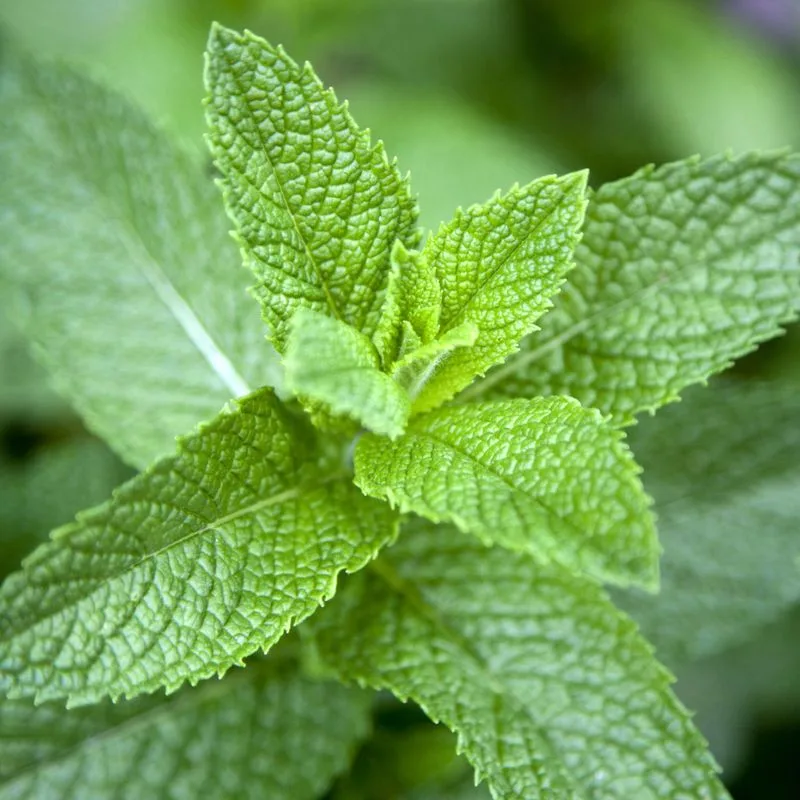
Mint, with its invigorating aroma, is a natural deterrent for garden pests. Its strong scent keeps mosquitoes, ants, and flies at bay, making it an excellent choice for garden borders and containers. Planting mint near outdoor seating areas can help create a pleasant, bug-free environment. In addition to its pest-repelling properties, mint is a versatile herb that can be used in culinary dishes and teas. Its refreshing aroma and practical benefits make mint a popular choice for gardeners seeking both beauty and functionality in their plant selections.
Thyme

Thyme, with its subtle fragrance and tiny leaves, is a powerful pest deterrent. Its scent repels cabbage worms and other harmful insects, making it an ideal companion for vegetable gardens. Planting thyme near crops like cabbage and broccoli can help protect them from pests naturally. Beyond its pest-repelling abilities, thyme is a culinary favorite, adding flavor to a variety of dishes. This hardy herb thrives in sun-drenched spots and is both decorative and functional, offering gardeners a holistic approach to pest management and culinary delight.
Lemongrass
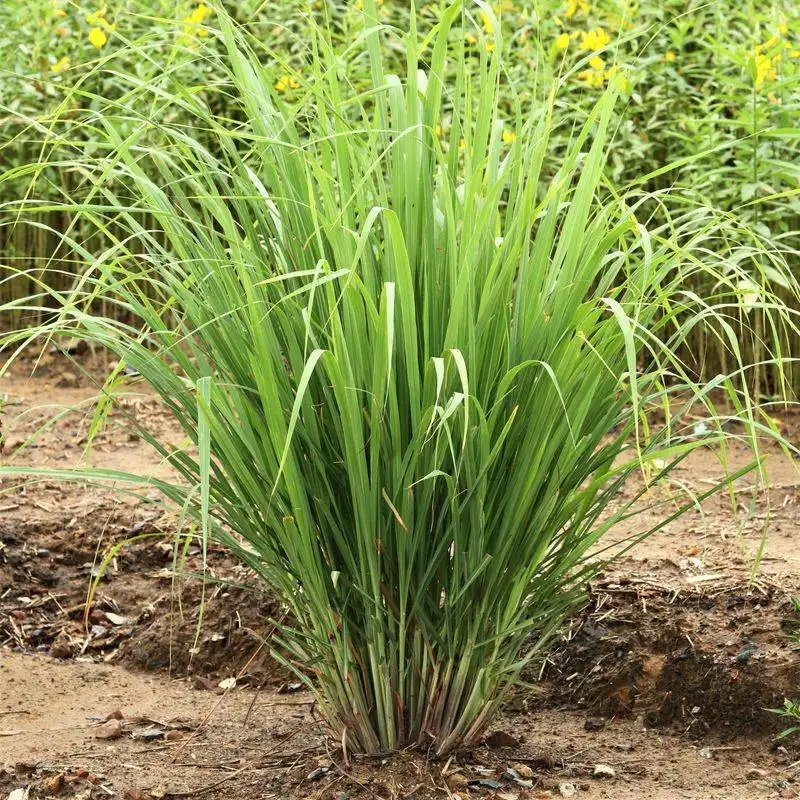
Lemongrass, with its citrusy scent, is a natural mosquito repellent. Its tall, graceful stalks can be planted around patios and garden edges to create a fragrant barrier against pests. In addition to its pest-repelling qualities, lemongrass is a popular ingredient in culinary dishes, especially in Asian cuisine. Its fresh flavor and aromatic presence make it a versatile addition to gardens. Lemongrass offers both beauty and practicality, providing a sensory experience while keeping unwanted insects at bay. This dual-purpose plant is a favorite for those seeking a harmonious garden environment.

